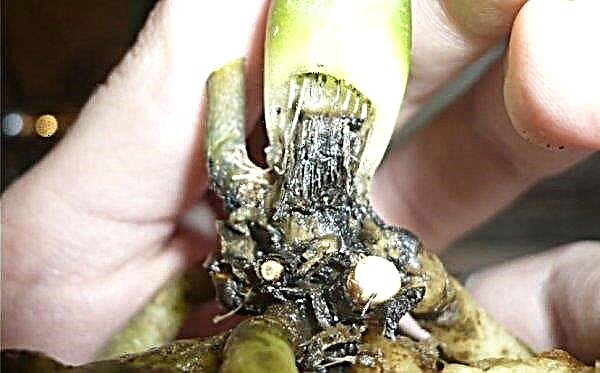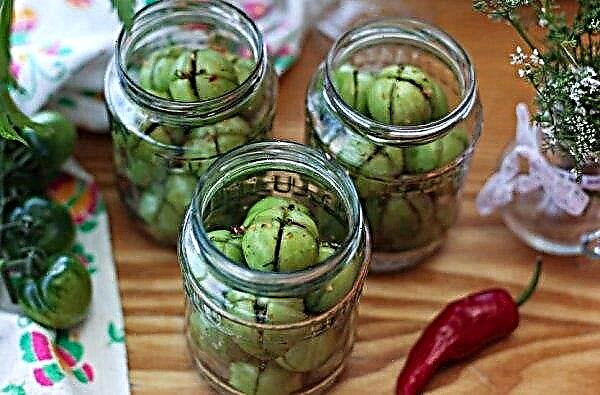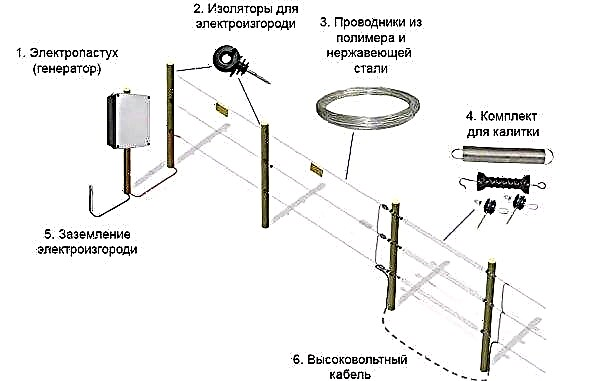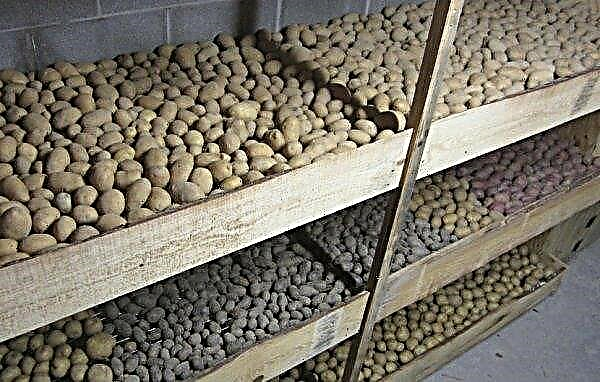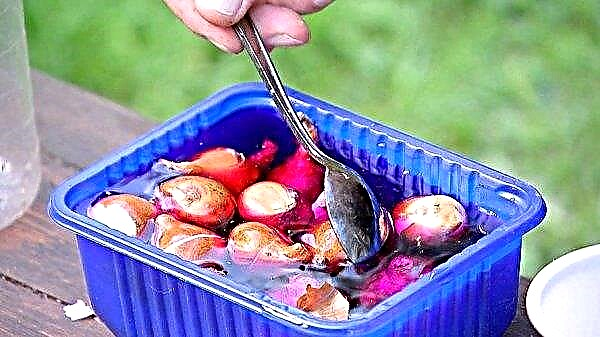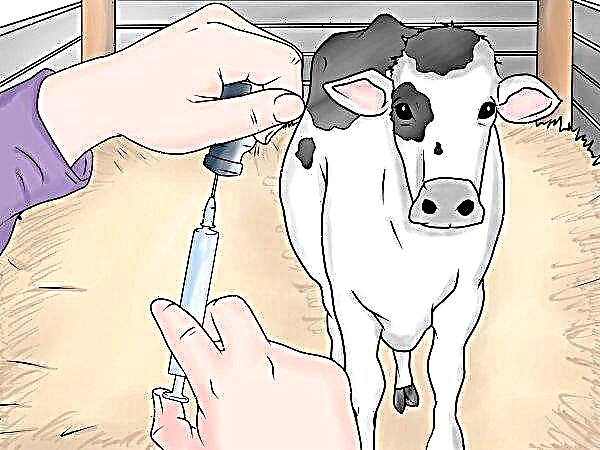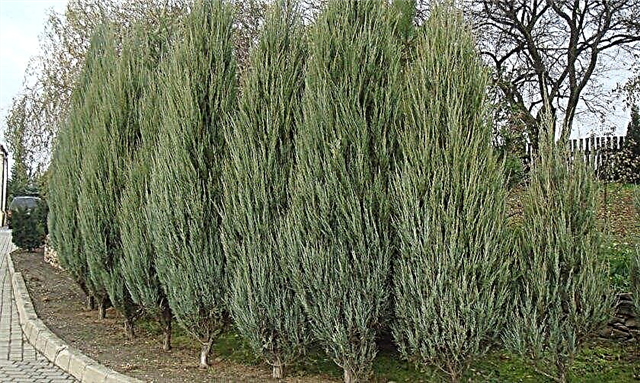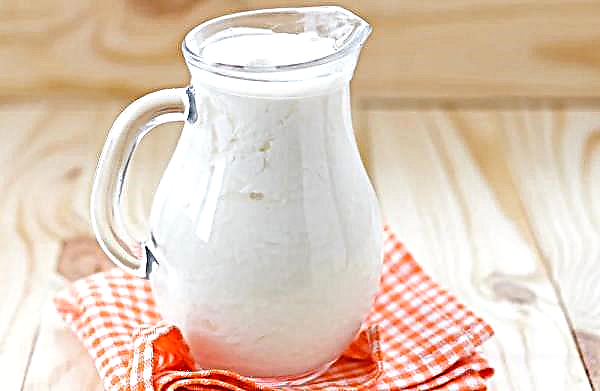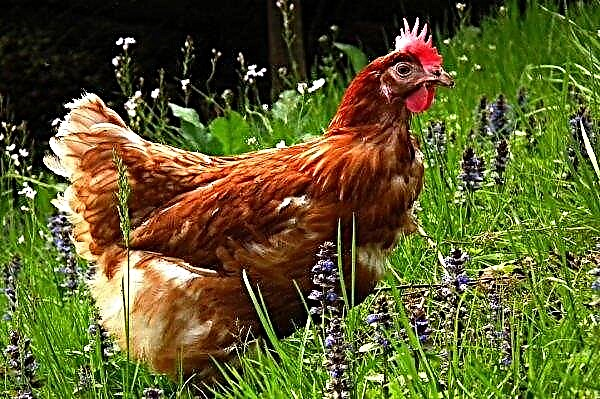Pest and disease control is an extremely important event in the cultivation of currants and gooseberries. One of the preventive methods is spring treatment of bushes with boiling water. Below you will find out how this method is effective and how to properly manipulate.
The benefits and effectiveness of processing fruit bushes with boiling water
Scalping currants and gooseberries with boiling water from pests and diseases is a proven folk method of prevention. Many farmers are skeptical of this kind of processing. However, according to amateur gardeners, after the procedure, a positive result is observed.
- Hot water spraying:
- destroys pests - aphids, kidney mites, glass;
- partially fights powdery mildew;
- contributes to the active awakening of the vegetative processes of the bush;
- stimulates the formation of peduncles;
- increases the immune properties of the plant.
Scalping berry bushes with boiling water is not an absolute method. The procedure is 50–90% effective. To guarantee the destruction of pests, agronomists are advised to use insecticides.
However, boiling water treatment has an indisputable advantage - environmental friendliness. Berries from bushes that were not treated with pesticides are considered better and healthier.
Preparation of bushes for processing
You need to scalp currants and gooseberries in early spring. The optimal time for processing is when there is still a small layer of snow, and the buds have not bloomed. It is necessary to “catch” the moment before the start of the growing season, when the snow has not yet melted, but will soon melt. In different regions, spring weather varies, so the processing time will be different. The right table will help you choose the right date.
| Southern areas | March |
| Middle lane | From March 20 to April 15 |
| Leningrad region | April 15-30 |
| Siberia and the Urals | April 20-30 |
Important! Pay attention to the weather forecast. In early spring, the weather is unstable, and under adverse conditions, a shift in processing time is allowed.
Bushes are prepared in 4 stages.
- Inspection Inspect the shrubs to determine the condition of the plant.
- Tick-borne kidney removal. If swollen buds are observed on the shoots before the start of the growing season, then we can talk about infection with kidney mites. Boiling water will help get rid of the pest, but first you should carefully remove the affected kidneys as carefully as possible.
- Spring pruning. Prior to the growing season, sanitary pruning is carried out. Watering plants with boiling water is recommended after the formation of the bush.
- Bandaging. Tie the shoots of the plant in a sheaf with a rope. It is not necessary to tighten the branches tightly - it is enough to slightly collect them together. For processing compact bushes of currants or gooseberries, less water is needed than for a "loose" bush.

Tools
To carry out the procedure, prepare the toolkit. The necessary equipment includes:
- rope;
- bulk containers for heating water;
- watering can with a spray.
Additionally, aspirin tablets can be prepared. Many gardeners add 10 tablets of medication to 10 liters of water before treatment. It is believed that boiling water with aspirin increases the effectiveness of the procedure.Important! Choose a watering can made of metal or thermoplastic - materials that can withstand the temperature of boiling water. This can be found in the warning information on the outside of the tank bottom.
Scalding currant bushes with boiling water
Processing of black, red and white currants is the same. Berry bushes should be watered with water +80 ... + 85 ° С. While you are carrying a container of boiling water to the garden, the water will just cool to the right temperature.
Having prepared the bush and tools, proceed according to the following algorithm.
- Water one zone of branches from a watering can from bottom to top for 5 seconds.
- Without stopping, go to the next fragment of the plant and process it in the same way.
- Moving in a circle, pour over the entire currant bush.
 Plants spend 10 liters of water on watering one instance.
Plants spend 10 liters of water on watering one instance.
Scalding gooseberry bushes
Gooseberry processing is no different from scalding currants - these are related cultures with similar parameters and stability. The temperature and flow rate, as well as the algorithm of actions are exactly the same.
Did you know? Gooseberries and currants are close relatives. The yoshta berry culture is a hybrid of the mentioned plants.
Errors in the early treatment of boiling water shrubs
Common mistakes include the following:
- Too late processing. If scalding the plant after the start of the growing season, a burn of branches and buds is possible. In addition, if the snow has already melted, the water will mix with the ground and the bush will “drown” in the mud.
- The bush is not connected. Tying the shoots with a rope is only a recommendation, but sensible. Water consumption for such compact bushes will be less. The probability of not processing all branches is reduced.
- The water is not hot enough. Water the plant with boiling water, it is allowed - slightly cooled. Water with a temperature below + 80 ° C will not have any effect.
- Not all shrub has been processed. Currants and gooseberries need to be processed completely, without missing a single plot.
Watering the bush with boiling water is not difficult at all. The main thing is to prepare the toolkit, and comply with the deadlines recommended for this manipulation. With the right scalding, the plant will grow healthy and, at least partially, get rid of pests and foci of disease.

